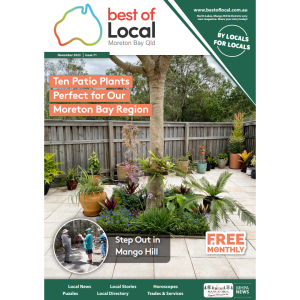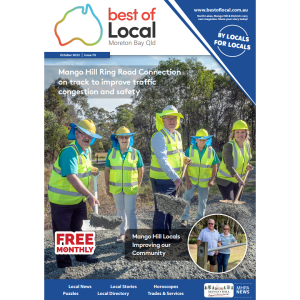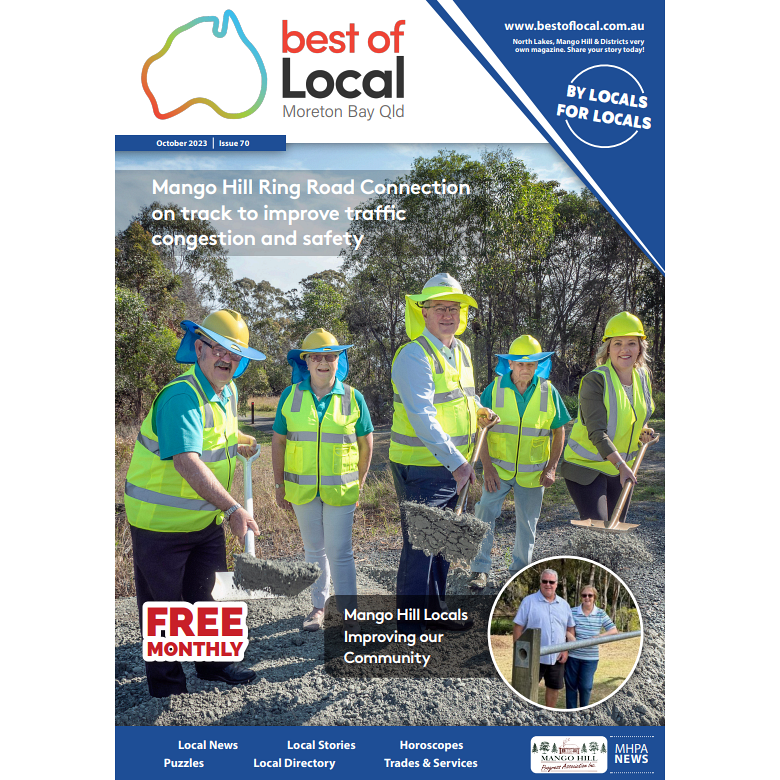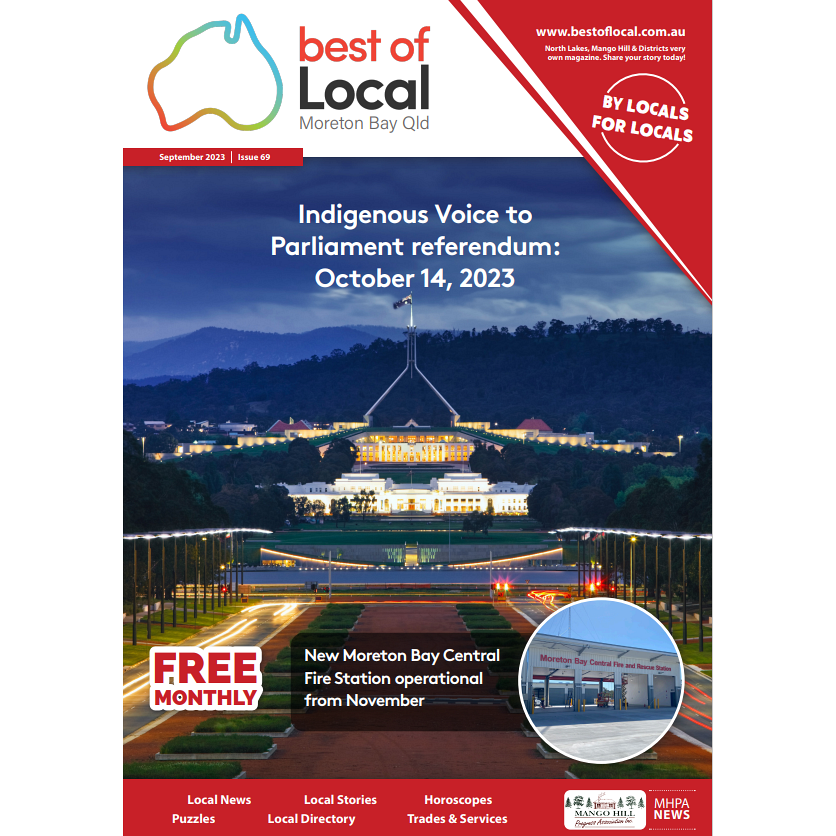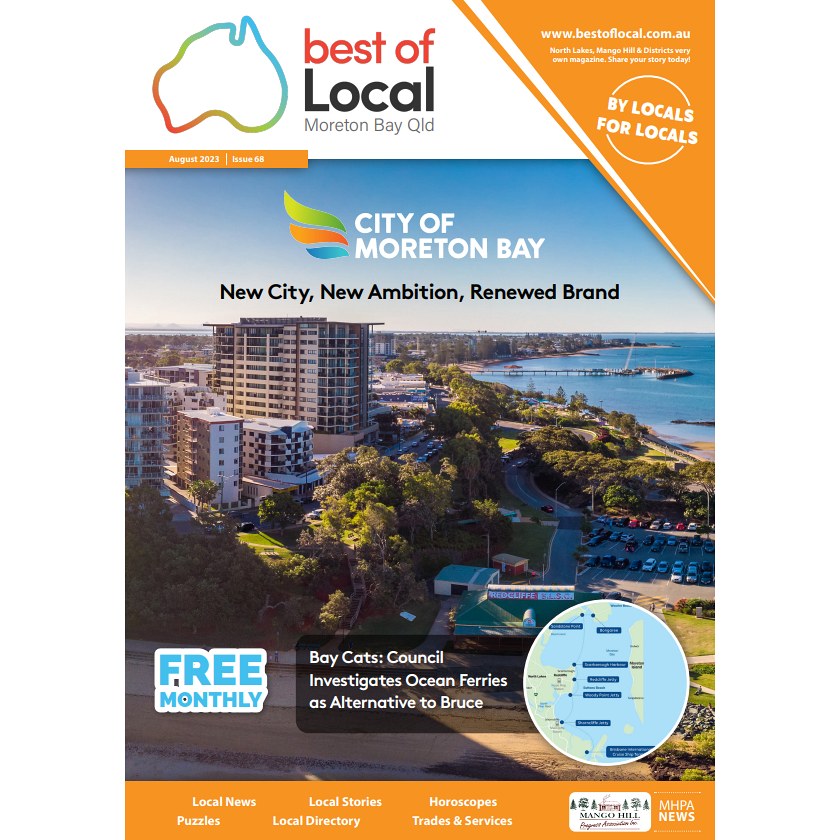Plastic Proves Lethal to Sea Turtles
0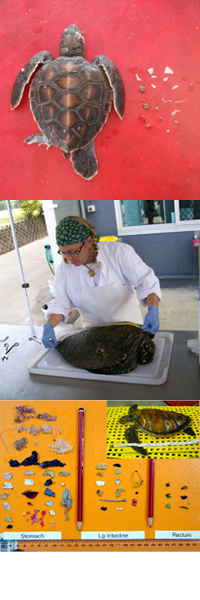 The risk that plastic pollution poses to the world’s declining sea turtle populations has been quantified for the first time.
The risk that plastic pollution poses to the world’s declining sea turtle populations has been quantified for the first time.
Analysis by the CSIRO and USC of nearly 1,000 turtles found dead and washed up on beaches around Australia showed the more plastic a turtle consumed the greater the likelihood that it would be killed by that plastic.
The scientists found that a turtle had a twenty-two percent chance of dying if it ate just one piece of plastic. Once a turtle had 14 plastic items in its gut, there was a 50 percent likelihood that it would die.
“Even a single piece of plastic can kill a turtle,” said University of the Sunshine Coast marine biologist Dr Kathy Townsend.
“Two of the turtles we studied had eaten only one piece of plastic which was enough to kill them. In one case, the gut was punctured and in the other the soft plastic clogged the gut,” she said.
Previously, it was unclear as to whether the plastic in oceans was killing sea turtles or whether they were ingesting it without significant harm.
“We knew that turtles were consuming a lot of plastic, but we didn’t know for certain whether that plastic actually caused the turtles’ deaths, or whether the turtles just happened to have plastic in them when they died,” Chief Research Scientist with CSIRO Oceans and Atmosphere Dr Chris Wilcox said.
“In other words, we wanted to know how much plastic was too much plastic for sea turtles,” he said.
Sea turtles were among the first animals recorded to be ingesting plastic debris, a phenomenon that occurs in every region of the world and in all seven marine turtle species.
Globally it is estimated that approximately 52 percent of all sea turtles have eaten plastic. Determining the effect this is having on turtle mortality is an important step towards understanding the impact of plastic pollution on sea turtle populations.
“Millions of tonnes of plastic debris is entering our world’s oceans on a yearly basis,” Dr Wilcox said.
“The model we’ve developed can be adapted to help us understand the impact of plastic ingestion not just on individuals but on whole populations of other endangered marine species.
“The better we understand the issue, the better equipped we are to address the problem and work towards viable, scalable solutions.”
Image 1: One of the first meals eaten by this sea turtle post-hatchling turned out to be deadly. It died from consuming over 20 tiny pieces of plastic, many of which were about the same size as a grain of rice
Image 2: USC researcher Dr Kathy Townsend conducts a necropsy on a dead sea turtle.
Image 3: This tiny green sea turtle ended up consuming over 40 difference pieces of plastic, ranging from plastic bags, bits of hard plastic, duct tape and balloons.







